A scarce member of the Leccinum genus of the Boletes. Very similar to and probably often mistaken for the Orange Bolete, Leccinum aurantiacum. Usually found in small groups, a very solid and quite tall mushroom with a distinctive orange coloured cap and and a pale stem. Like other orange capped boletes needs thorough cooking.



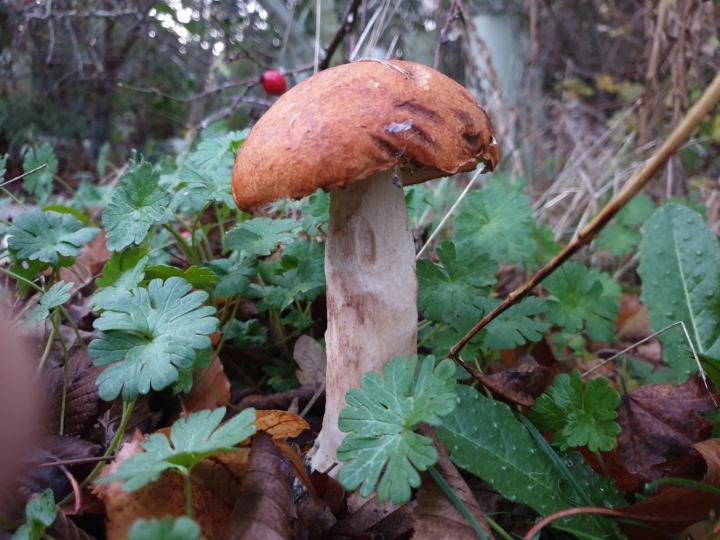












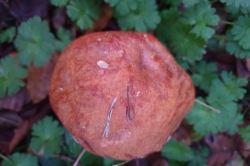
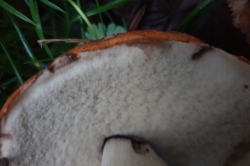
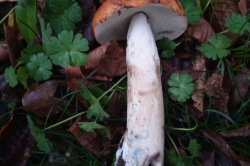
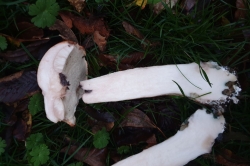
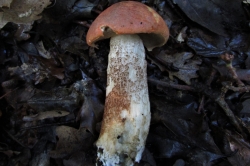






Leave a Reply